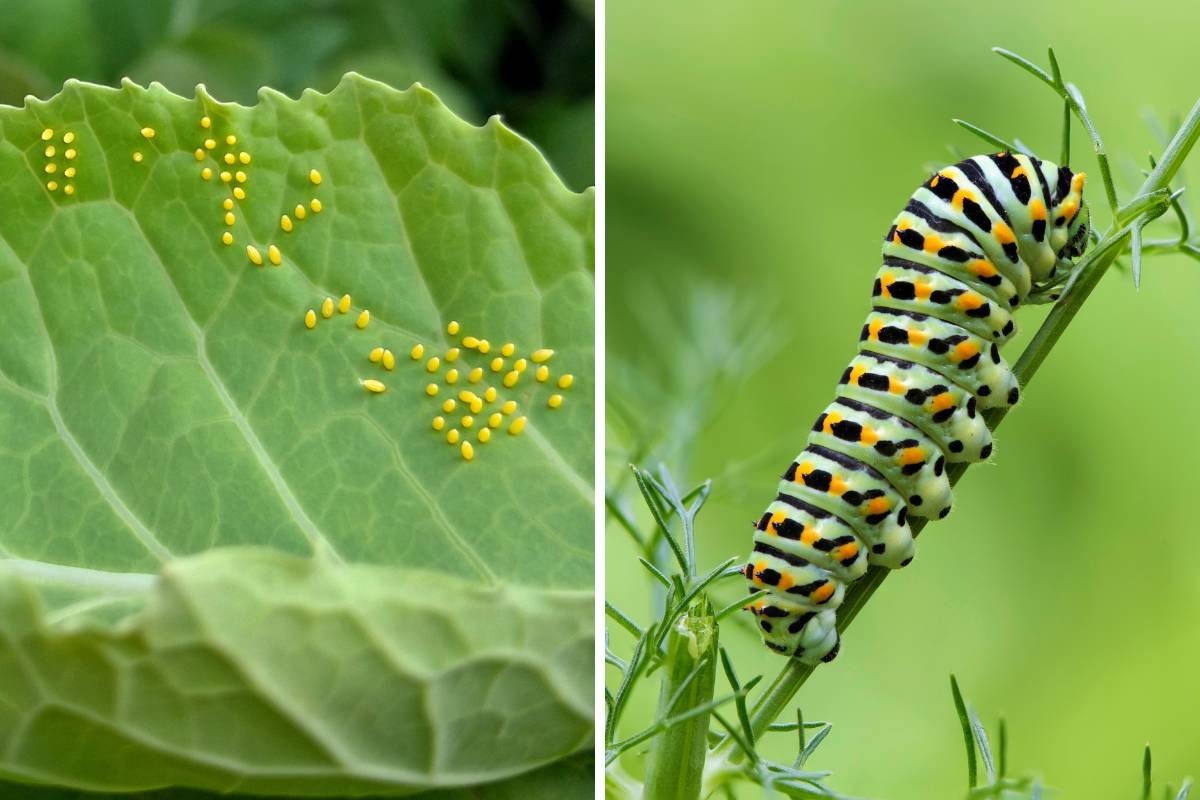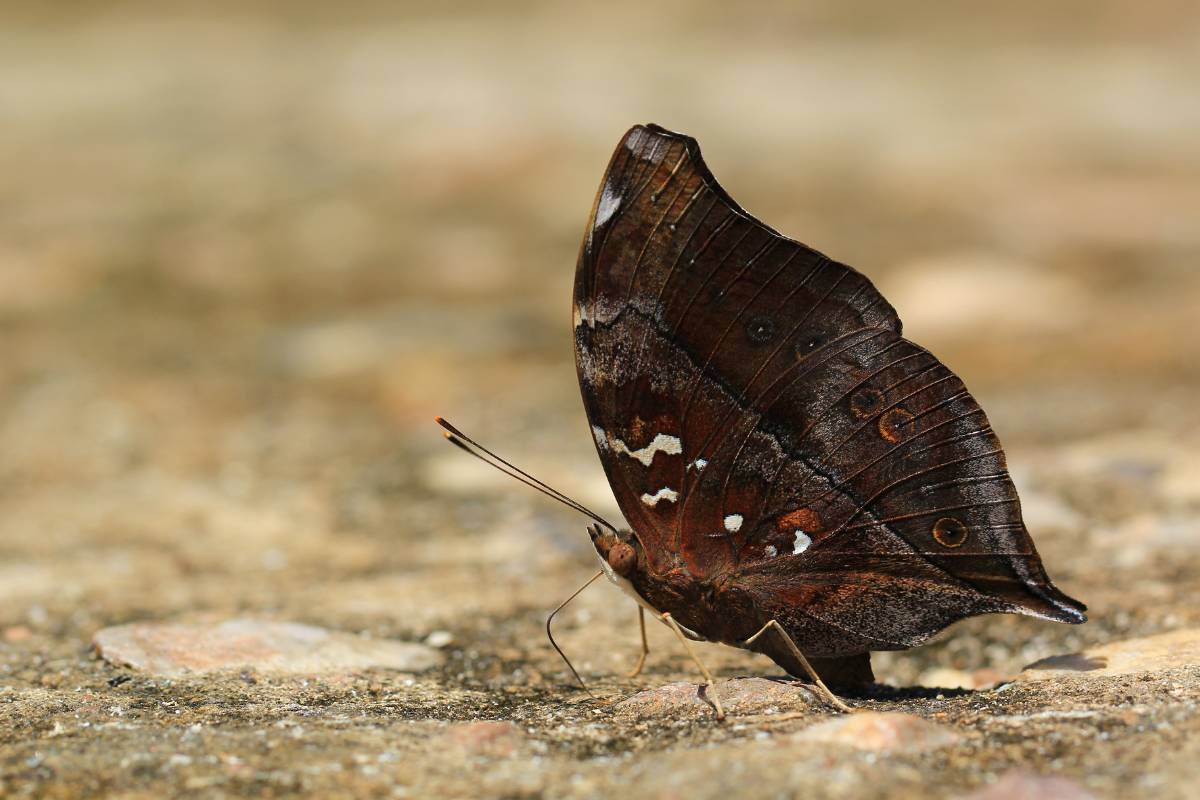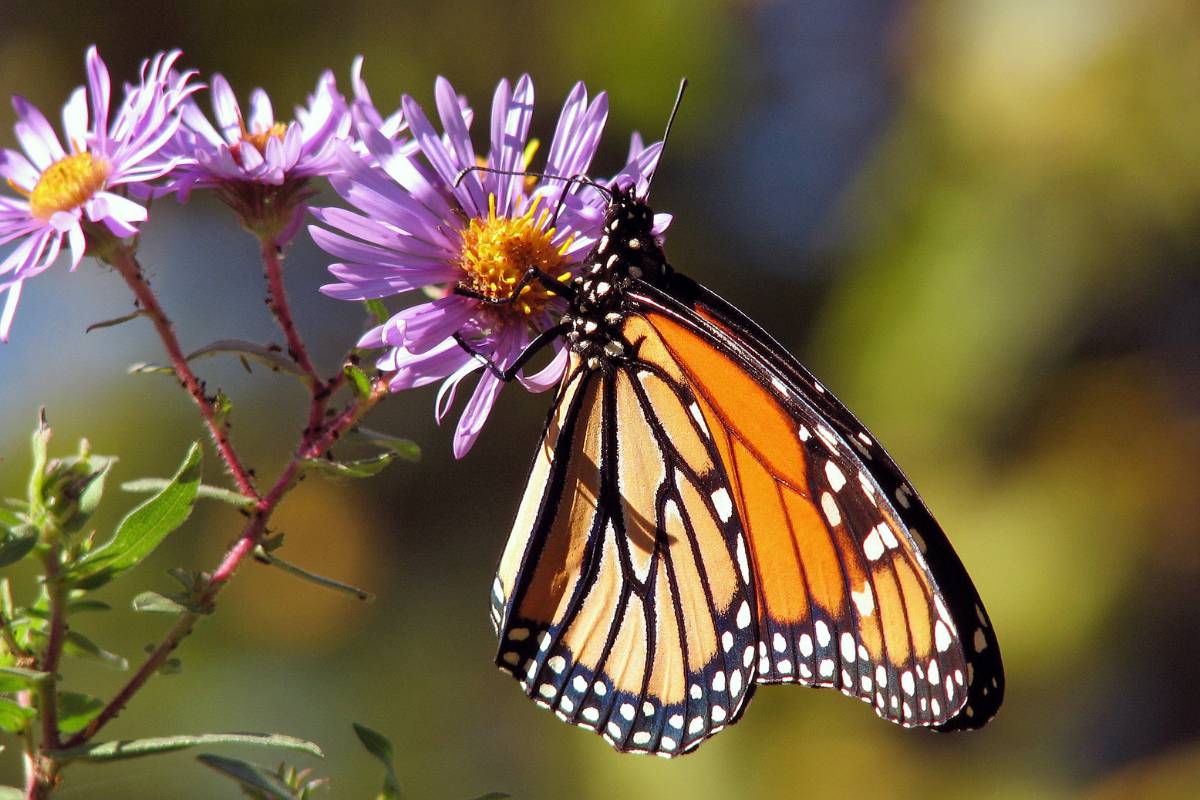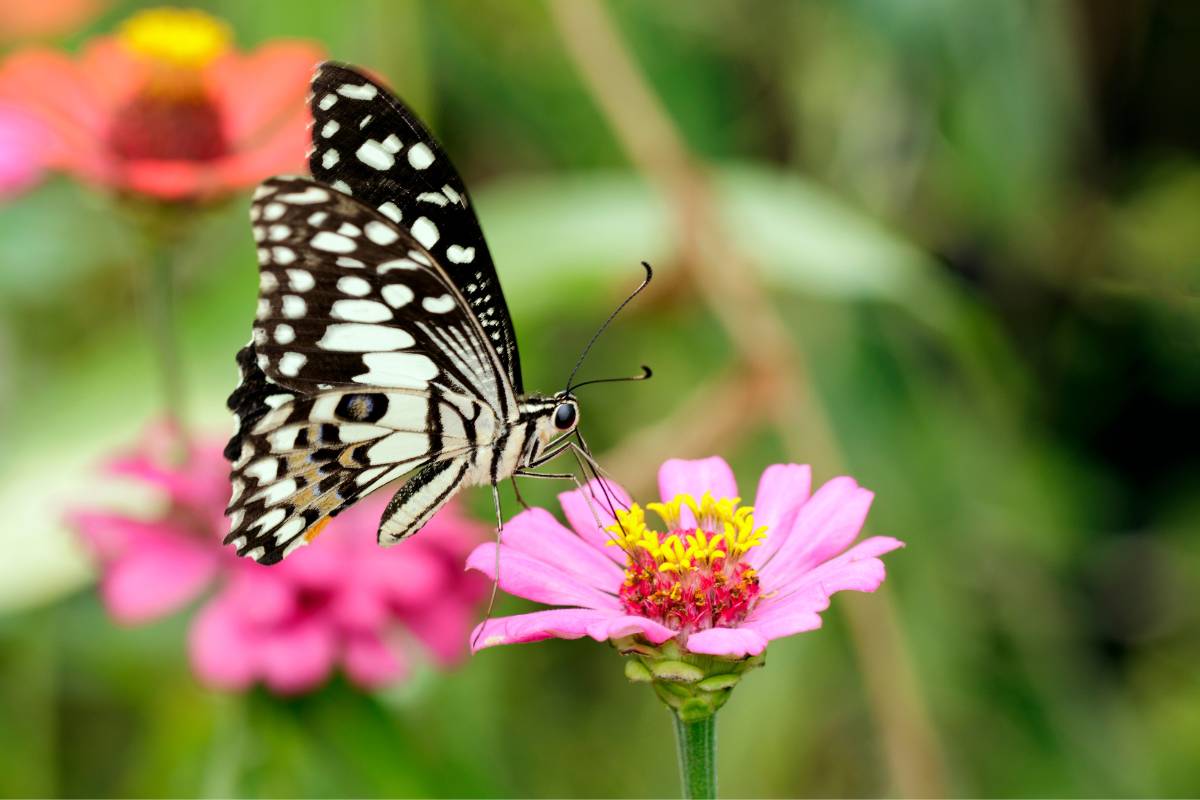Butterflies are a joy to have in the garden, bringing colour and movement beyond anything plants alone can provide. While many flowers will help attract butterflies, creating a garden to meet all of a butterfly's needs involves more than just planting. Read on to find out the elements to include so butterflies will thrive in your garden.
Why Butterflies?
Butterflies are undoubtedly beautiful, but they play important roles in the environment too. They’re a favourite insect of children, and the butterfly life cycle, from egg to caterpillar, chrysalis to butterfly, is often used as a first lesson in natural science.
Butterflies are great pollinators, moving pollen from plant to plant as they feed in a mutually beneficial relationship with plants. They’re a vital part of the broader food chain too, providing a source of food for birds, spiders, lizards and other animals.
Given all these benefits, it’s worthwhile making some simple changes specifically to attract butterflies to your garden. Here are some suggestions.
Butterfly Garden Ingredients
1. Caterpillars!
More butterflies in your garden means accepting them at each stage of their life cycle. This means tolerating caterpillars and the damage they do. Of course, no one wants to see their prized cabbages reduced to stalks by voracious pests. Use insect exclusion netting where required to protect vegetable crops, fruit trees and flower beds while allowing caterpillars to feed on less precious trees and shrubs.
2. A Puddling Station
Water doesn’t only provide hydration for butterflies, but is also their source of essential minerals including calcium and potassium. They access these minerals by ‘puddling’, drinking muddy water from moist soil or shallow ponds. Rather than putting out a bowl of crystal clear water, as you may for birds, use a shallow dish filled with a layer of gravel or sand and then filled with water. Alternatively, leave a small area of boggy ground clear of plants within a garden bed.
3. Flat Rocks
Butterflies are cold blooded and like to sun themselves in the morning to warm up. Position some flat rocks in a sunny spot away from cats and dogs so butterflies can bask in the heat radiating from the stone.
4. Shade
In the Australian summer butterflies also need to be able to shelter from the sun, so make sure there are a few shady spots for them where they can safely shelter. Trees and shrubs with dense foliage are shady, cool refuges from the heat.
5. Plants
Plants for butterflies can be divided into two main groups. Host plants attract butterflies to breed and lay eggs, as well as the first food for caterpillars when they hatch, while nectar-rich flowers provide food for butterflies.
Some butterfly species require very specific host plants, while others simply look for a safe place to lay eggs and soft leaves for newly hatched caterpillars to eat. Suitable host plants include grasses, reeds, eucalyptus, wattle, hardenbergia, running postman, stinging nettle, daisies and even some weed species.
While caterpillars chew through leaves, butterflies drink their nutrients in the form of nectar. Flowers with easily accessible nectar and 'landing pads' that make it easy for butterflies to balance are favoured. These include flowers with a shallow tubular shape, daisies, or flowers that bloom in clusters or umbels. Colour is also important, with yellow, purple, orange, red and pastels all attractive to butterflies.
Suitable nectar-rich flowers include brachyscome, everlasting daisy, alyssum, ageratum, candytuft, verbena, asters, black-eyed Susan, marigolds, forget me not, echinacea, zinnia, butterfly bush and butterfly weed.
6. No Chemicals
Finally, butterflies are very sensitive to both pesticides and herbicides. Go chemical free as much as possible. If there’s a real need to use harmful chemicals, use selective sprays, mix them as directed and use them in a targeted manner as infrequently as possible.
Whether you create a dedicated space or simply add butterfly-friendly plants and elements into your existing space, catering to butterflies can attract unrivalled natural beauty and movement to your garden, as well as helping to preserve biodiversity.









